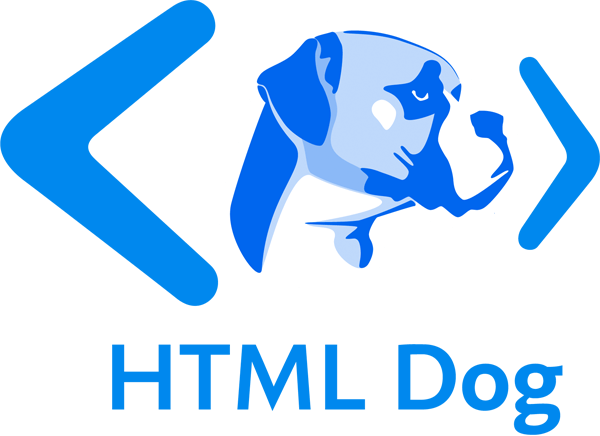Selectors, Properties, and Values
Whereas HTML has tags, CSS has selectors. Selectors are the names given to styles in internal and external style sheets. In this CSS Beginner Tutorial we will be concentrating on HTML selectors, which are simply the names of HTML tags and are used to change the style of a specific type of element.
For each selector there are “properties” inside curly brackets, which simply take the form of words such as color, font-weight or background-color.
A value is given to the property following a colon (NOT an “equals” sign). Semi-colons are used to separate the properties.
body {
font-size: 14px;
color: navy;
}
This will apply the given values to the font-size and color properties to the body selector.
So basically, when this is applied to an HTML document, text between the body tags (which is the content of the whole window) will be 14 pixels in size and navy in color.
Lengths and Percentages
There are many property-specific units for values used in CSS, but there are some general units that are used by a number of properties and it is worth familiarizing yourself with these before continuing.
px(such asfont-size: 12px) is the unit for pixels.em(such asfont-size: 2em) is the unit for the calculated size of a font. So “2em”, for example, is two times the current font size.pt(such asfont-size: 12pt) is the unit for points, for measurements typically in printed media.%(such aswidth: 80%) is the unit for… wait for it… percentages.
Other units include pc (picas), cm (centimeters), mm (millimeters) and in (inches).
When a value is zero, you do not need to state a unit. For example, if you wanted to specify no border, it would be border: 0.
